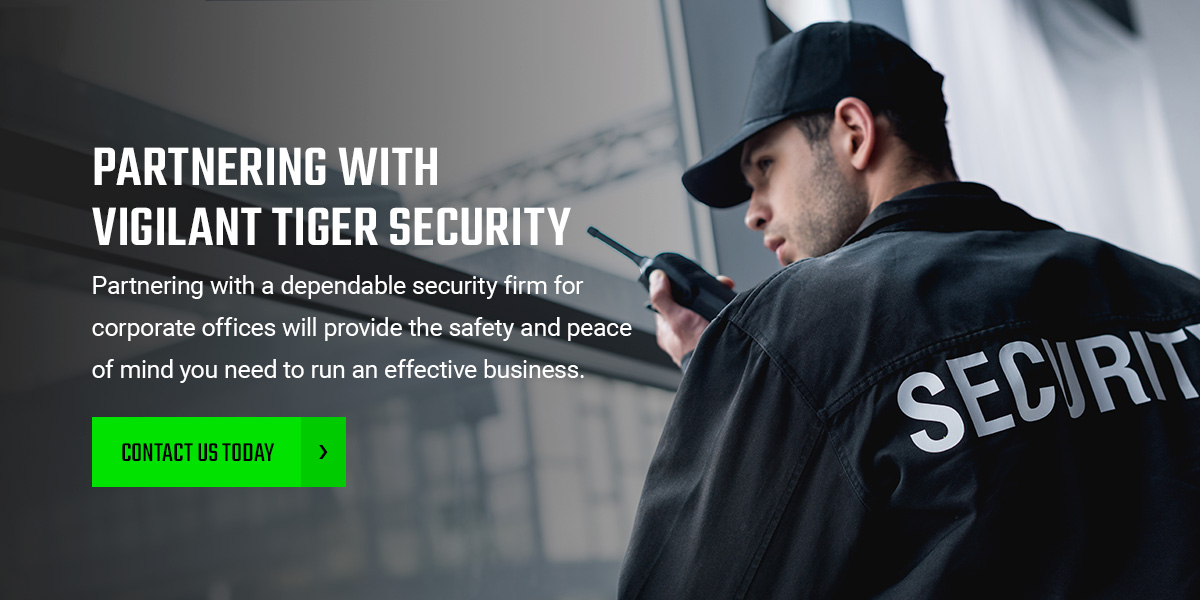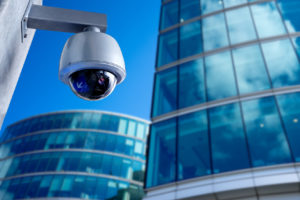Corporate Security Demystified: Strengthening Your Business Defenses
Corporate Security Demystified: Strengthening Your Business Defenses
Blog Article
From Cybersecurity to Physical Steps: Enhancing Corporate Safety in an Altering Globe
In today's swiftly evolving digital landscape, the relevance of business safety can not be overemphasized. As cyber risks end up being progressively sophisticated and widespread, companies have to exceed traditional cybersecurity actions to secure their operations and possessions - corporate security. This is where the assimilation of physical safety actions becomes vital. By integrating the staminas of both cybersecurity and physical safety and security, business can produce a thorough defense strategy that addresses the varied variety of threats they deal with. In this discussion, we will explore the changing risk landscape, the need to integrate cybersecurity and physical protection, the application of multi-factor authentication procedures, the relevance of staff member awareness and training, and the adaptation of safety and security steps for remote labor forces. By examining these vital areas, we will certainly acquire useful insights right into just how organizations can reinforce their company security in an ever-changing globe.
Comprehending the Altering Danger Landscape
The evolving nature of the modern globe requires a detailed understanding of the altering risk landscape for efficient corporate safety and security. In today's electronic and interconnected age, threats to company safety have actually come to be more complicated and sophisticated. As modern technology advancements and services come to be significantly dependent on digital facilities, the potential for cyberattacks, information breaches, and other protection breaches has actually significantly boosted. It is critical for companies to remain informed and adapt their safety and security measures to attend to these developing dangers.
One secret facet of understanding the transforming threat landscape is recognizing the various types of risks that organizations face. Furthermore, physical risks such as theft, vandalism, and corporate reconnaissance stay prevalent problems for companies.
Monitoring and analyzing the danger landscape is important in order to identify prospective risks and susceptabilities. This entails staying updated on the latest cybersecurity trends, evaluating threat intelligence records, and conducting normal danger analyses. By comprehending the altering danger landscape, companies can proactively execute appropriate safety and security procedures to mitigate threats and shield their possessions, track record, and stakeholders.
Integrating Cybersecurity and Physical Safety
Incorporating cybersecurity and physical safety is vital for extensive company protection in today's electronic and interconnected landscape. As companies progressively count on modern technology and interconnected systems, the boundaries between physical and cyber hazards are coming to be obscured. To efficiently guard against these threats, an alternative strategy that incorporates both cybersecurity and physical protection steps is essential.
Cybersecurity concentrates on safeguarding electronic possessions, such as data, networks, and systems, from unauthorized access, disturbance, and theft. Physical security, on the various other hand, includes procedures to safeguard physical properties, people, and facilities from risks and vulnerabilities. By incorporating these two domains, companies can address vulnerabilities and risks from both digital and physical angles, consequently enhancing their overall protection position.
The assimilation of these 2 self-controls enables a more comprehensive understanding of security risks and makes it possible for a unified feedback to cases. Physical gain access to controls can be enhanced by integrating them with cybersecurity procedures, such as two-factor verification or biometric identification. Similarly, cybersecurity steps can be complemented by physical protection steps, such as surveillance cams, alarms, and safe accessibility factors.

Implementing Multi-Factor Verification Procedures
As companies progressively prioritize extensive security procedures, one effective strategy is the execution of multi-factor verification measures. Multi-factor authentication (MFA) is a safety and security approach that calls for users to provide several forms of identification to access a system or application. This method includes an added layer of defense by combining something the customer knows, such as a password, with something they have, like a safety or a finger print token.
By executing MFA, companies can dramatically boost their security position - corporate security. Typical password-based authentication has its limitations, as passwords can be quickly endangered or failed to remember. MFA reduces these threats by adding an added verification factor, making it harder for unauthorized people to access to sensitive information
There are several types of multi-factor verification techniques readily available, including biometric authentication, SMS-based confirmation codes, and hardware tokens. Organizations need to examine their certain needs and select one of the most proper MFA remedy for their demands.
Nonetheless, the application of MFA must be meticulously intended and implemented. It is essential to strike a balance between security and usability to stop customer disappointment and resistance. Organizations must likewise take into consideration prospective compatibility problems and offer sufficient training and support to make certain a smooth shift.
Enhancing Employee Awareness and Training
To reinforce corporate protection, companies must prioritize improving staff member understanding and training. Numerous protection violations occur due to human error or lack of understanding.
Reliable staff member awareness and training programs ought to cover a wide variety of topics, including information security, phishing assaults, social design, password health, and physical safety and security actions. These programs should be tailored to the certain requirements and duties of various employee roles within the organization. Regular training workshops, sessions, and simulations can assist staff members create the necessary skills and knowledge to determine and react to security threats efficiently.
Furthermore, companies should urge a society of safety and security awareness and supply ongoing updates and reminders to maintain employees notified regarding the most up to date risks and reduction strategies. This can be done with inner interaction channels, such as e-newsletters, my site intranet portals, and e-mail campaigns. By go to this site cultivating a security-conscious workforce, companies can dramatically decrease the likelihood of protection events and protect their beneficial properties from unapproved access or concession.

Adapting Security Steps for Remote Labor Force
Adjusting corporate safety actions to fit a remote labor force is essential in making sure the defense of sensitive information and possessions (corporate security). With the increasing trend of remote job, organizations have to execute appropriate protection actions to minimize the threats related to this brand-new means of working
One vital element of adjusting protection actions for remote job is establishing safe interaction channels. Encrypted messaging platforms and virtual private networks (VPNs) can aid safeguard sensitive information and prevent unapproved accessibility. In addition, organizations ought to enforce using solid passwords and multi-factor verification to improve the safety and security of remote access.
One more crucial consideration is the application of safe remote gain access to services. This involves giving workers with protected access to company resources and data via online desktop infrastructure (VDI), remote desktop computer methods (RDP), or cloud-based options. These innovations make sure that sensitive information remains secured while making it possible for employees to do their duties successfully.

Finally, detailed protection recognition training is important for remote staff members. Training sessions ought to cover ideal practices for safely accessing and handling sensitive information, identifying and reporting phishing efforts, and keeping the overall cybersecurity health.
Final Thought
In conclusion, as the threat landscape proceeds to evolve, it is crucial for companies to enhance their security gauges both in the cyber and physical domain names. Incorporating cybersecurity and physical protection, implementing multi-factor authentication measures, and enhancing employee recognition and training are essential actions in the direction of accomplishing robust corporate protection.
In this conversation, we will check out the altering hazard landscape, the demand to incorporate cybersecurity and physical safety and security, the execution of multi-factor verification measures, the value of employee recognition and training, and the adaptation of protection procedures for remote workforces. Cybersecurity procedures can be enhanced by physical safety measures, such as monitoring cams, alarms, and protected accessibility factors.
As companies progressively focus on thorough safety measures, one reliable approach is the application of multi-factor verification measures.In final thought, as the hazard landscape continues to evolve, it is crucial for companies to reinforce their safety measures both in the cyber and physical domain names. Incorporating cybersecurity and physical safety, carrying out multi-factor verification measures, and boosting employee understanding and training are vital steps in the direction of accomplishing robust corporate protection.
Report this page